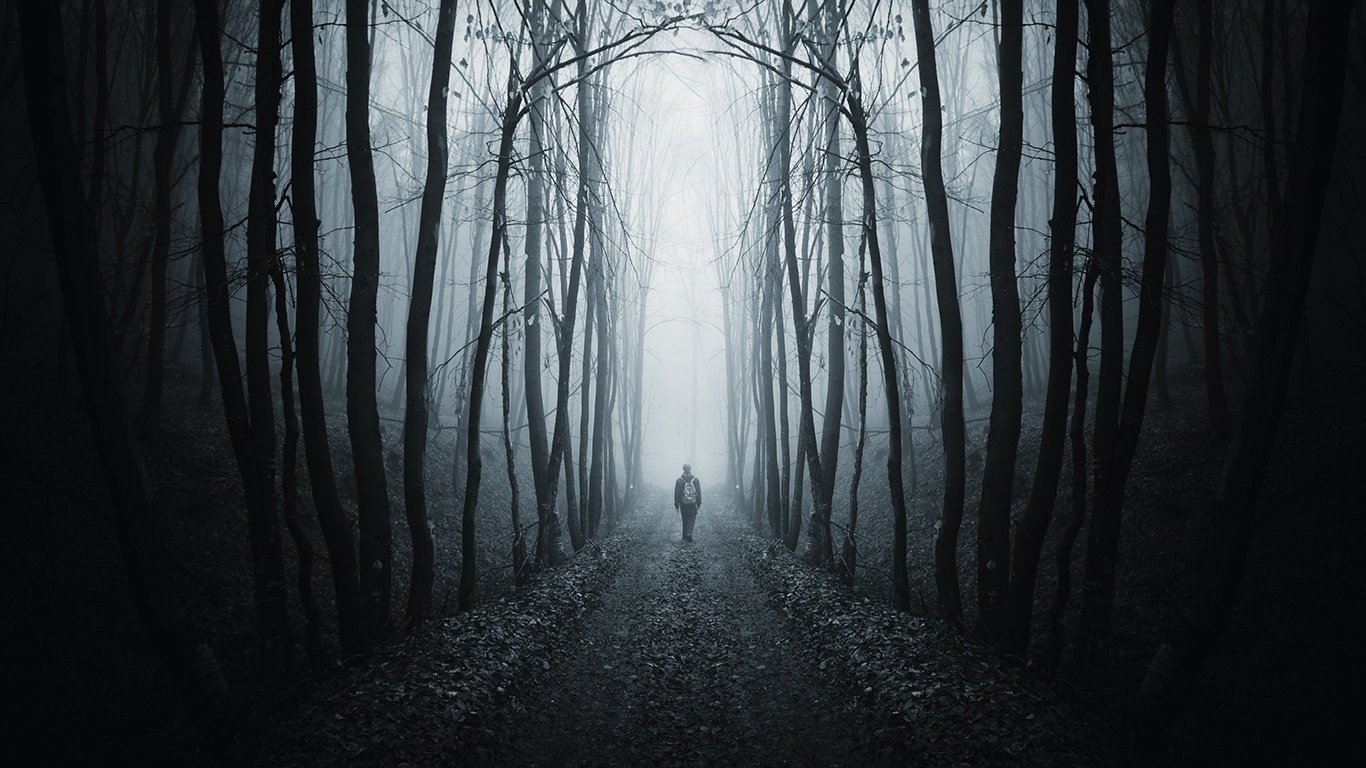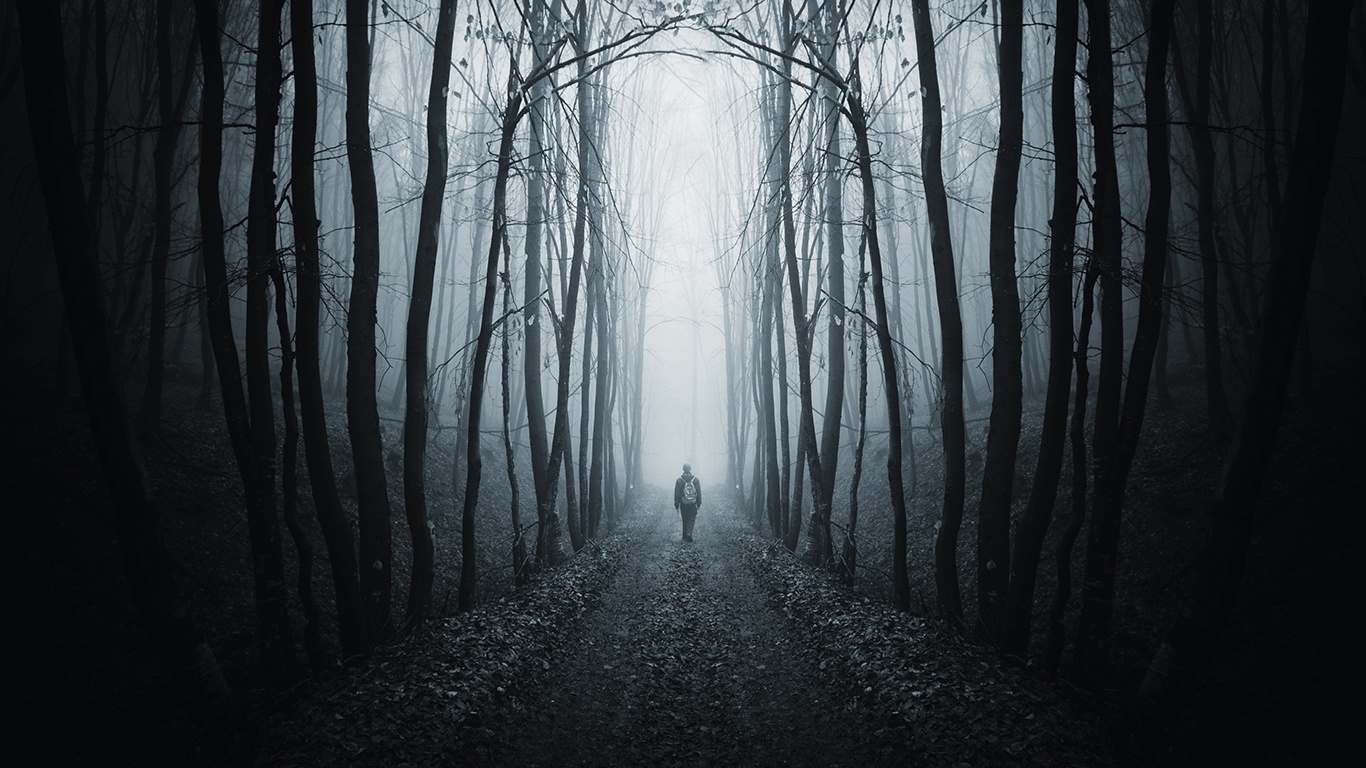 The phrase “customer journey” has a nice, pleasant sound to it – it’s almost fairy-tale like. For example, we can imagine Little Red Riding Hood trotting through the woods on a happy journey to visit her grandmother.
The phrase “customer journey” has a nice, pleasant sound to it – it’s almost fairy-tale like. For example, we can imagine Little Red Riding Hood trotting through the woods on a happy journey to visit her grandmother.
However, as you may recall, before Red had a chance to visit her sickly grandmother, the Big Bad Wolf got in on the action – and things kind of went sideways for a while. Threats were made, law enforcement was involved, restraining orders were issued…that kind of thing.
Well, in the business world, marketing has it’s own Big Bad Wolf to contend with. A villain that pulls customers off the journey, and it’s called the DARK STAGE.
The Dark Stage of the Customer Journey
The Dark Stage is that Bermuda Triangle-like period after a customer has become aware of a solution, shown interest and learned about a business’s value proposition – either by reading an eBook, watching a video, or in many cases, speaking with a sales professional – and yet disappears from the radar screen.
In other words, they go “dark” (hence the name of this stage).
So what’s really going on here behind the scenes? In many cases, the customer is still on the buyer’s journey, in the sense that they haven’t selected a competitor. However, they’ve hit the pause button because they’re typically mulling over either or both of the following:
What is the Customer Up Against in the Dark Stage?
1. If they really need your solution at this time.
The “at this time” is the critical part to keep in mind, because sometimes customers over-promise and under-deliver. That is, they get excited and engaged about solving a problem (usually one that has been festering for years), but then they get cold feet when it comes time to move forward and get serious about making a decision.
2. If they have enough time to focus on buying at this time.
What started out as a pressing priority a month or two ago, may have been pushed down the agenda in the meantime to make room for more urgent matters. And so while the customer doesn’t have cold feet and still needs to solve their problem, it’s relatively less important to do so now.
The 2 Roles Inbound Marketing Plays At This Stage:
Inbound marketing plays a massive role in helping businesses deal with the Dark Stage – one that is proactive, and the other that is responsive.
The Proactive Role
The proactive role is, frankly, to minimize the number of customers who enter the Dark Stage in the first place. For example, engaging customers early on in the journey with quality, informative assets (e.g. eBooks, Infographics, blog posts, etc.) that usher them forward – but without aggressively “selling them” – goes a long way to avoiding scenario #1 described above, which is when they’re wavering on whether should move forward or not.
The Responsive Role
The responsive role is to recognize that no matter what a businesses does, there will be some customers who enter the Dark Stage. And as such, inbound marketing can be used to check in and, ideally, rejuvenate these relationships by building trust.
For example, a personalized email saying, “I thought this might help you in your decision-making process” that links to an eBook can be all it takes to bring customers back into the light and liberate them from the Dark Stage.
Learn More
To learn more about mapping out the journey that you want your customers to take and how to engage them at different stages – including the dreaded Dark Stage – through automated inbound marketing, contact Leap Clixx today.
We’ll help your customers safely and happily make it to grandma’s house, and keep them from being chased off (or worse) by the Big Bad Dark Stage. Learn more about the inbound marketing best practices that will help you stay in front of your prospective customers.
{{cta(‘bd8404aa-e053-481c-9e10-8dd744e59b2f’)}}





